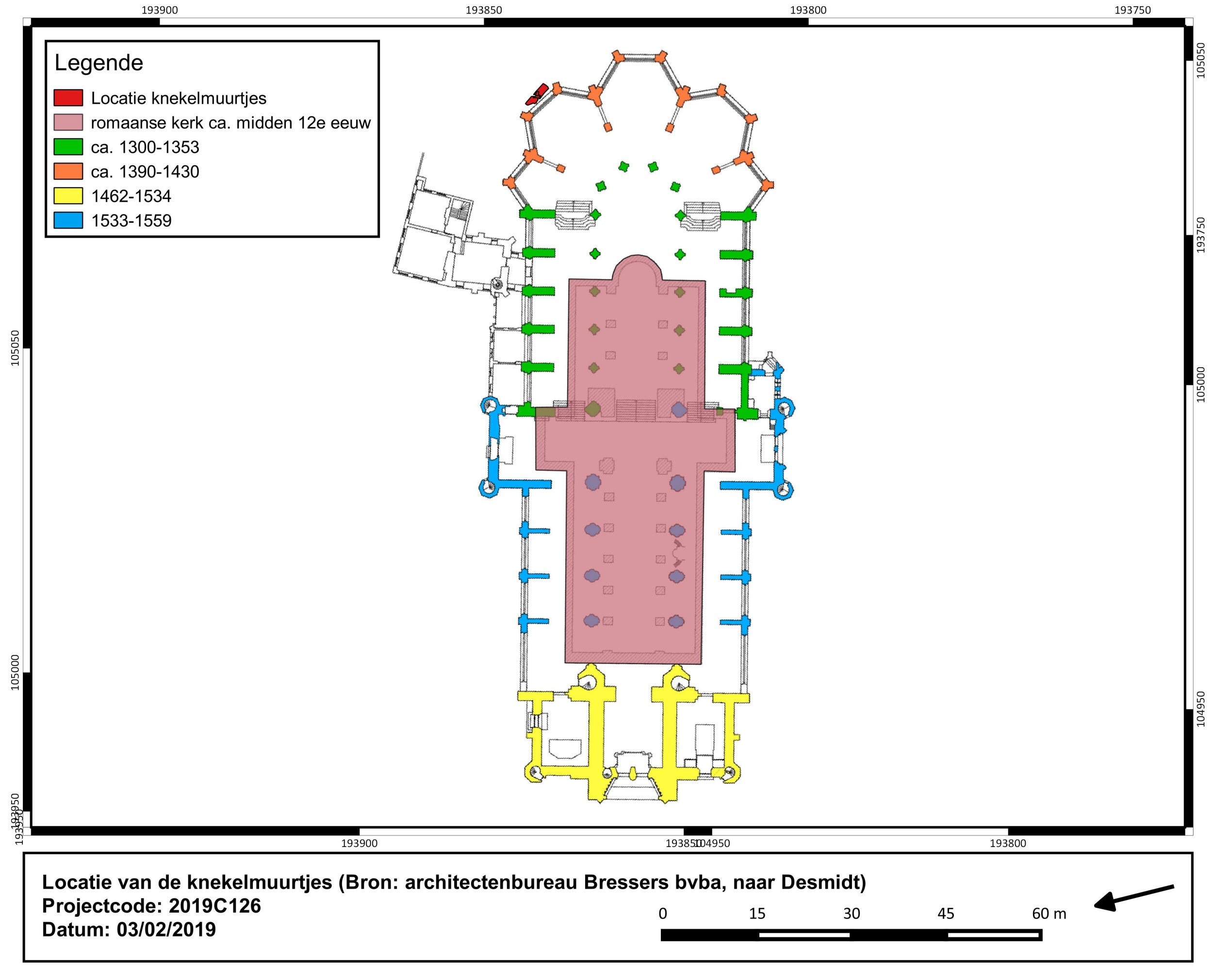Your support helps us to tell the story
From reproductive rights to climate change to Big Tech, The Independent is on the ground when the story is developing. Whether it's investigating the financials of Elon Musk's pro-Trump PAC or producing our latest documentary, 'The A Word', which shines a light on the American women fighting for reproductive rights, we know how important it is to parse out the facts from the messaging.
At such a critical moment in US history, we need reporters on the ground. Your donation allows us to keep sending journalists to speak to both sides of the story.
The Independent is trusted by Americans across the entire political spectrum. And unlike many other quality news outlets, we choose not to lock Americans out of our reporting and analysis with paywalls. We believe quality journalism should be available to everyone, paid for by those who can afford it.
Your support makes all the difference.Archaeologists have discovered walls constructed out of human bones and shattered skulls while working in a cathedral in Belgium.
Workers at Saint-Bavo’s cathedral in Ghent, northwest Belgium, were preparing to build a new visitor’s centre when the macabre discovery was made.
According to The Brussels Times, the walls are largely constructed from stacked adult human thigh and shin bones, with a number of shattered skulls filling spaces between the walls.
Project leader Janiek De Gryse said the bones would be removed and would not become a tourist attraction.
“For the moment we would place the actual construction in the 17th and 18th century, although there’s a great deal of research still to be done,” he said.
The archaeologists believe the bones were taken from the graveyard outside the church while it was being cleared.
Mr De Gryse said: “When clearing a churchyard, the skeletons cannot just be thrown away. Given that the faithful believed in a resurrection of the body, the bones were considered the most important part.
“That is why stone houses were sometimes built against the walls of city graveyards – to house skulls and the long bones in what is called an ossuary or a bone house.”
A newsletter from archaeology team Ruben Willaert explained that only thigh and shin bones and skulls were found in the walls because those tasked with clearing the graveyard were likely too "hurried" to collect smaller bones..
"When clearing graves, people often hurried and did not bother collecting smaller or fragile bones such as vertebrae, ribs, bones from hands and feet. So a selection of skulls and long bones emerged."

None of the bones in the structure belonged to children or young people, noted the newsletter, because children's bones "are small and fragile". It added: "Children's graves generally received less care and attention than the adult graves."
One of the most famous ossuaries in the world are the Catacombs of Paris, which hold the remains of more than six million people in a network of tunnels.
In the UK, St Leonard’s Church in Hythe, Kent, houses a basement ossuary containing the remains of about 4,000 people and is considered one of the largest and best-preserved collections of human bones and skulls in the country.
According to the church, some of the remains belonged to residents of Hythe who died and had been buried in the churchyard. Others likely belonged to individuals buried in four graveyards in the area.

Join our commenting forum
Join thought-provoking conversations, follow other Independent readers and see their replies
Comments